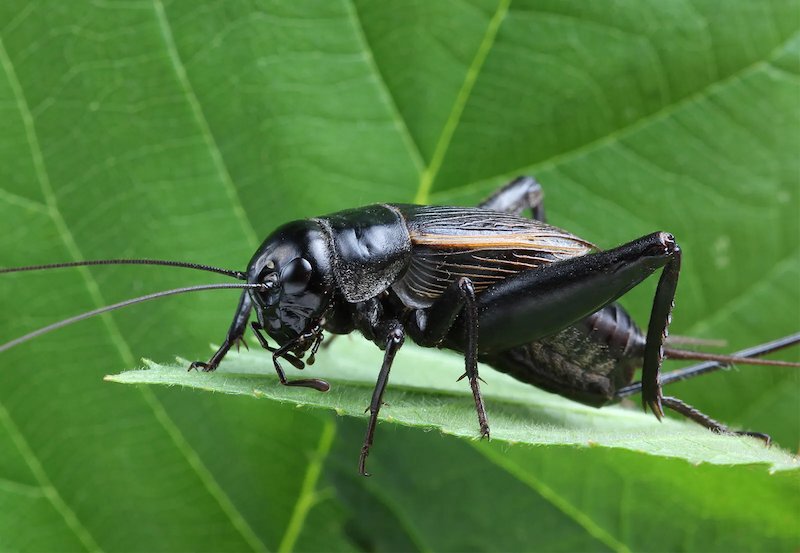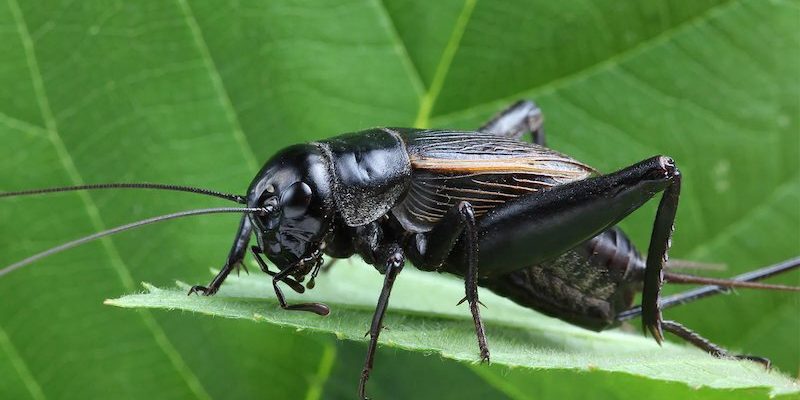
Honestly, while crickets might seem harmless, it’s worth diving deeper into this topic. You might be surprised to learn that crickets, in general, aren’t harmful to us. However, like many things in nature, they come with their quirks and potential issues. Let’s explore the world of crickets together, breaking down any misconceptions and understanding what makes them the tiny wonders they are.
Understanding Crickets: The Basics
Crickets belong to the family Gryllidae, which includes over 900 species worldwide. They’re often found in warm habitats, hopping about in grasslands, forests, and even in your backyard. These little insects have a characteristic chirping sound produced by males rubbing their wings together—a behavior used to attract females. Just imagine a nighttime symphony, where each cricket is trying to out-chirp the other!
Now, you might hear about crickets being pests or nuisances, especially when they invade homes. But let me explain something important: while they can be irritating, they’re not generally harmful to humans. Crickets are not known to bite, sting, or transmit diseases. So, if you find one hopping around your living room, you’re likely not in any danger.
Are Crickets Harmful? Let’s Talk About Allergies
You might be wondering, “Okay, but what about allergies?” It’s true that some people can have allergic reactions to crickets or the proteins they contain. This is particularly relevant for those who are sensitive to shellfish, as the proteins in crickets are similar to those found in crustaceans. So, if you’ve got a history of allergies, especially to seafood, it’s wise to approach crickets with caution.
If you’re considering trying crickets as a food source (yes, edible crickets are a thing!), it’s best to start small. Some people may experience digestive discomfort or allergic reactions. Always consult with a healthcare professional if you have concerns. It’s all about being aware of your body and how it reacts to new foods.
Crickets as a Food Source: Safety First
Speaking of food, crickets are becoming increasingly popular in the culinary world. They’re packed with protein, vitamins, and minerals, making them a nutritious choice for some. But, here’s the thing: not all crickets are created equal.
If you’re thinking about incorporating crickets into your diet, ensure you’re sourcing them from reputable farms or suppliers. Wild crickets can sometimes carry harmful substances or pesticides. Always opt for sustainably farmed crickets instead of foraging for your own.
Here’s a simple comparison to consider:
| Wild Crickets | Farmed Crickets |
| May carry pesticides or harmful substances. | Raised in controlled, safe environments. |
| Uncertain protein levels and nutritional value. | Typically high in protein and nutrients. |
| Potential exposure to predators and diseases. | Less exposure to hazards, ensuring safety. |
Crickets in Your Home: Nuisance or Hazard?
If crickets invade your home, it can feel like they’re throwing a party in your living room. The good news? They don’t cause structural damage or spread diseases like some pests do. Instead, they might just drive you a bit crazy with their chirping, especially at night.
To keep crickets at bay, ensure your home is well-sealed. Check doors and windows for gaps, and consider using screens. If you find them inside, simply catch them gently and release them outside. They’re just looking for warmth and possibly a snack!
How to Deal with Crickets: Prevention and Control
If you’re dealing with a cricket infestation, here’s a simple action plan to help you out:
- Seal Entry Points: Inspect your home for cracks, gaps, and holes.
- Reduce Clutter: Keep your home tidy, as crickets love hiding in clutter.
- Limit Food Sources: Store food securely and clean up crumbs.
- Use Traps: Consider using sticky traps to catch them humanely.
With these preventive measures, you can create an environment that’s less inviting for crickets. Remember, they’re just looking for a cozy spot, much like any of us!
Embracing Crickets: A Perspective Shift
Let’s wrap things up on a more positive note. Crickets play vital roles in our ecosystem, serving as food for birds, small mammals, and even some reptiles. They’re also being explored as a sustainable food source to help combat world hunger.
Instead of fearing crickets, maybe it’s time to appreciate them for what they bring to the table—literally and figuratively. Whether they chirp away in your garden or end up as a protein-rich snack, crickets are fascinating creatures worth knowing more about.
Final Thoughts: Crickets Are Not Your Enemy
So, is the cricket dangerous to humans? The short answer is no. While they can present some challenges, particularly for allergy sufferers or if they invade your home, crickets are generally harmless. They offer exciting opportunities as a food source and play important roles in our ecosystems.
Next time you hear one chirping away, take a moment to appreciate these little insects. With a bit of knowledge and understanding, we can coexist with crickets in harmony—no danger involved!

